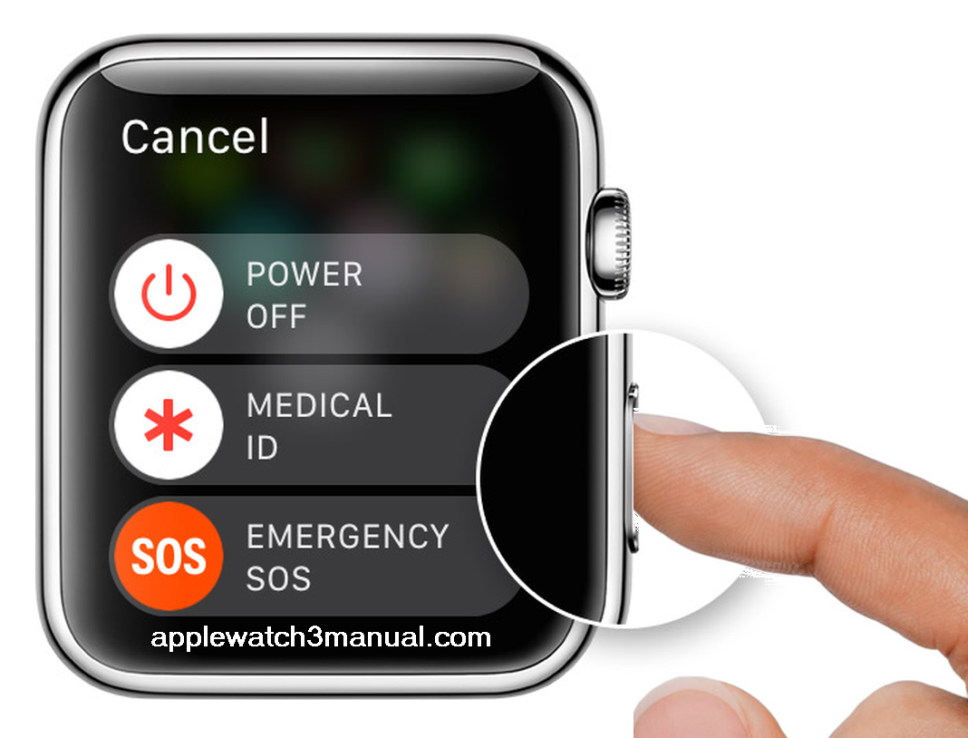
- Reboot macbook pro in safe mode how to#
- Reboot macbook pro in safe mode upgrade#
- Reboot macbook pro in safe mode mac#
- Reboot macbook pro in safe mode windows#
Reboot macbook pro in safe mode mac#
If you need more info on a black or blank screen error, see Troubleshoot black or blank screen errors.Boot into recovery mode, mount volume, and open Terminalīoot to recovery mode by holding Command R right after starting your Mac before the Apple logo appears. To access Safe Mode, select the disk you wish to boot from. If you need more info on a black or blank screen error, see Troubleshoot black screen or blank screen errors.Īllow your device to fully restart. Select option 5 from the list or press F5 for Safe Mode with Networking.
Reboot macbook pro in safe mode how to#
Then how to Exit from Safe mode once you used Safe mode on Mac. Use this key combination to reinstall the latest macOS that was installed on your system, or to use the other apps in macOS Recovery. On the Choose an option screen, select Troubleshoot > Advanced options > Startup Settings > Restart.Īfter your device restarts, you'll see a list of options. Learn how to put your Mac in Safe mode and verify your Mac is in safe mode or not. Immediately press and hold one of the following key combinations until you see the startup screen: Command-R: Start up from the built-in macOS Recovery System.
Reboot macbook pro in safe mode upgrade#
Boot up with macOS Recovery Mode If Safe Mode didnt work, and your Mac is still not booting up, it could indicate that the Apple File System (APFS) reformatting process was obstructed during the Monterey upgrade this basically means the system could. You can then run these commands to check/repair the file system, and reboot. Hopefully it will bring you to a command prompt. On an Intel-based Mac, you can use macOS Recovery to repair your. Start with the basics: PRAM reset and then check the drive/filesystem (below) Boot your system while holding command-S. Now that you are in winRE, you will follow these steps to take you to safe mode: If your Mac fails to reboot, or you still havent managed to boot at all, try this last tip. On a Mac with Apple silicon, you can use macOS Recovery to repair your internal storage device, reinstall macOS, restore your files from a Time Machine backup, set the security policy for different volumes, transfer files between two Mac computers, start up in safe mode, and more.
Reboot macbook pro in safe mode windows#
When Windows restarts, hold down the power button for 10 seconds to turn off your device.Īllow your device to restart into Automatic Repair, and select Advanced options to enter winRE. Start up your Intel-based Mac in safe mode Turn on or restart your Mac, then immediately press and hold the Shift key until you see the login window. Press and hold the Shift key, then click Continue in Safe Mode. When the login window appears, you should see Safe Boot in the menu bar. Press and hold the power button on your Mac until Loading startup options appears. On the first sign that Windows has started (for example, some devices show the manufacturer’s logo when restarting) hold down the power button for 10 seconds to turn off your device. Press and hold the Shift key, then click Continue in Safe Mode.


Press the power button again to turn on your device.

Hold down the power button for 10 seconds to turn off your device. To do this, you will repeatedly turn your device off, then on: Note: If you’ve encrypted your device, you’ll need your BitLocker key to start in safe mode.īefore you enter safe mode, you need to enter the Windows Recovery Environment (winRE).


 0 kommentar(er)
0 kommentar(er)
